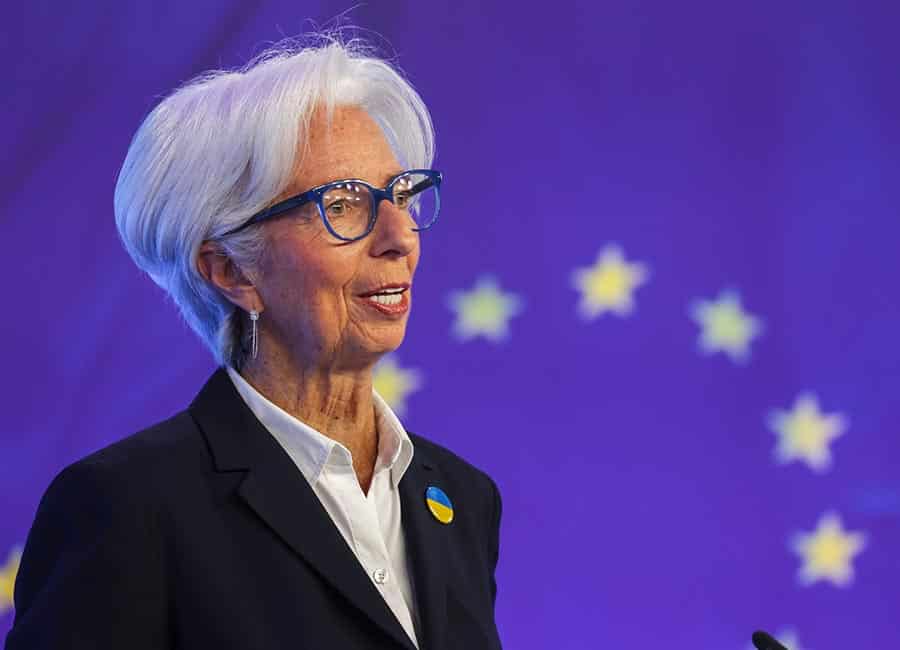The number of people employed in Ireland is currently 2,506,000, according to the Central Statistics Office.
The Labour Force Survey (LFS) for Q4 2021 shows that employment increased in most sectors year-on-year, with the largest increase in the Accommodation & Food Service sector (+29.8%).
This is largely explained by trading lockdowns in the autumn of 2020.
The CSO’s Covid-19 adjusted unemployment volume and rate for the end of December 2021 amounted to 195,300 people and 7.4% respectively.
The number of people not in the labour force was 1,410,000, down 10.3% from a year earlier.
Of those employed in Q4 2021, 252,100 (10.1%) were ‘away from work’ in the reference week. This compares to 295,700 (13.0%) in the reference week a year earlier.
Overall employment was up over the year, while the number of absences from work decreased over the year. This resulted in the number of employed persons at work in the reference week also increasing by 13.8% (+272,800) over the year.

There was a consequential increase of 9.6% or 6.8 million hours worked per week from 70.8 million hours in Q4 2020 to 77.6 million hours in Q4 2021.
Employment increased in 12 economic sectors in the year to Q4 2021 with the level of employment in a number of sectors exceeding the levels from the same quarter in 2019.
These include:
+ Information and communication sector which was 30.9% or 39,400 higher in Q4 2021 when compared to Q4 2019.
+ Professional, Scientific and Technical Activities sector which was up 22.8% or 32,200 when compared to Q4 2019.
Some sectors have not yet recovered fully from the effects of the COVID-19 Pandemic and the most notable of these are:
+ Administrative and Support Service Activities sector which was 14.6% or 16,300 less in Q4 2021 than it was in Q4 2019.
+ Accommodation and Food Service Activities Sector, which was down by 9.7% or 17,300 from Q4 2019.
The CSO says that the number of people in the labour force is influenced by changes in the size of the working age population (the demographic effect). Up to late 2008, this demographic effect added at least 30,000 to the labour force each year, driven mainly by immigration, peaking at 90,500 in Q2 2007.
In addition to the demographic effect, the change in the size of the labour force is influenced by changes in participation. The overall participation rate increased by 4.5 percentage points to 65.1% through 2021.
The net result of changes in individual age groups for the same period was a positive participation effect of 191,900.











